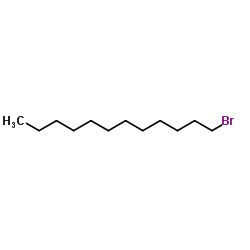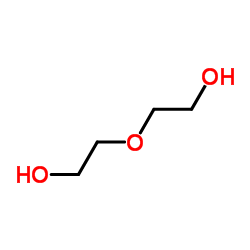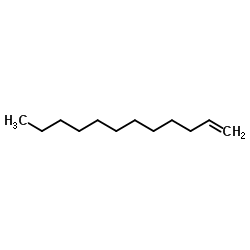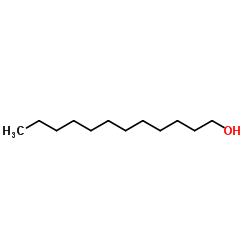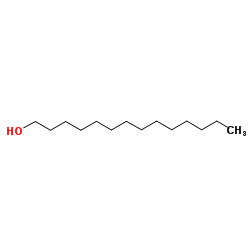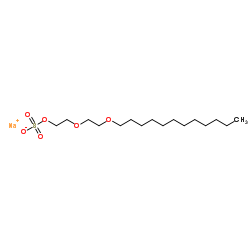3055-93-4
| Name | 2-(2-dodecoxyethoxy)ethanol |
|---|---|
| Synonyms |
Diethylene glycol monodecyl ether
2-[2-(Dodecyloxy)ethoxy]ethanol diethylenglycol-dodecylether C10E2 Diethylene glycol monododecyl ether EINECS 221-279-7 2-(2-Dodecyloxyethoxy)ethanol 2-(2-(dodecyloxy)ethoxy)ethanol diethylene glycol mondodecyl ether Dodecyldiglycol Dodecyl Carbitol MFCD00042658 Decyldiglycol |
| Description | PEG 2 lauryl ether can be used as an excipient. Pharmaceutical excipients, or pharmaceutical auxiliaries, refer to other chemical substances used in the pharmaceutical process other than pharmaceutical ingredients. Pharmaceutical excipients generally refer to inactive ingredients in pharmaceutical preparations, which can improve the stability, solubility and processability of pharmaceutical preparations. Pharmaceutical excipients also affect the absorption, distribution, metabolism, and elimination (ADME) processes of co-administered drugs[1]. |
|---|---|
| Related Catalog | |
| References |
| Density | 0.9±0.1 g/cm3 |
|---|---|
| Boiling Point | 371.1±17.0 °C at 760 mmHg |
| Melting Point | 165ºC(lit.) |
| Molecular Formula | C16H34O3 |
| Molecular Weight | 274.44 |
| Flash Point | 178.3±20.9 °C |
| Exact Mass | 274.250793 |
| PSA | 38.69000 |
| LogP | 4.69 |
| Vapour Pressure | 0.0±1.9 mmHg at 25°C |
| Index of Refraction | 1.449 |
| Hazard Codes | Xi: Irritant; |
|---|---|
| Risk Phrases | R36 |
| Safety Phrases | 26 |
| RIDADR | UN 3082 9/PG 3 |
| WGK Germany | 3 |
| HS Code | 2909499000 |
|
~57% 
3055-93-4 |
| Literature: Bergh, Margareta; Shao, Li Ping; Magnusson, Kerstin; Gaefvert, Elisabeth; Nilsson, J. Lars G.; Karlberg, Ann-Therese Journal of Pharmaceutical Sciences, 1999 , vol. 88, # 4 p. 483 - 488 |
|
~0% 
3055-93-4 |
| Literature: Nippon Shokubai Co., Ltd. Patent: US5994595 A1, 1999 ; |
|
~% 
3055-93-4
Detail
|
| Literature: US6342199 B1, ; Page column 14 ; |
|
~% 
3055-93-4 |
| Literature: Bulletin des Societes Chimiques Belges, , vol. 65, p. 453,470 |
|
~% 
3055-93-4 |
| Literature: Bulletin des Societes Chimiques Belges, , vol. 65, p. 453,470 |
| Precursor 7 | |
|---|---|
| DownStream 4 | |
| HS Code | 2909499000 |
|---|---|
| Summary | 2909499000. ether-alcohols and their halogenated, sulphonated, nitrated or nitrosated derivatives. VAT:17.0%. Tax rebate rate:9.0%. . MFN tariff:5.5%. General tariff:30.0% |
